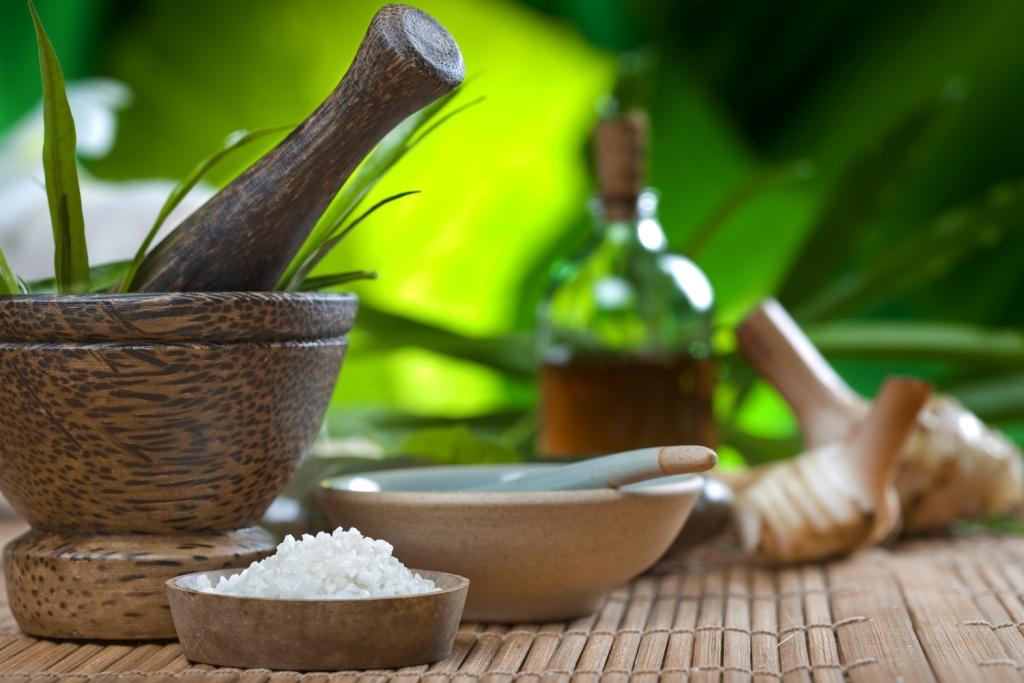Parkinson’s disease is a progressive degenerative disease of the nervous system. It prevalence in the elderly increases from 1% in individuals over 65 years to 5 % in people over 80 years. Parkinson’s affects men and women equally.
What is Parkinson’s disease?
In this condition, the nerve cells (neurons) gradually degenerate or die. This results in loss of neurons that are responsible to produce a chemical messenger known as dopamine. Low dopamine levels are responsible for symptoms of Parkinson’s disease like resting tremors, slowed movement (bradykinesia), impaired balance, rigid muscles, and speech changes.
Ayurveda’s perception of Parkinson’s disease
Parkinson’s is related to kampvata in the Ayurvedic system of medicine. As we grow old, vata dosha becomes more dominant in the body. This vata relocates in any part of the body with preexisting weakness. When this vata relocates in the brain, it dries up the brain cells, which leads to tremors and instability. Parkinson’s is a result of massive vitiation of vata that occupies almost all channels of the body. Disturbed digestion and presence of toxins is seen at gastrointestinal and cellular levels. Digestive herbs are used in conjunction with nerve tonics to restore normal functioning of the cells and digestive system. Neuro-Rasayanas that trigger neurotransmitters are advised in overcoming the problem and relaxing the mind.
Ayurvedic treatment
It involves a combination of the below-mentioned 3 techniques:
Shodhana chikitsa (Bio-cleansing techniques)
- Oleation: This involves massage with medicated oils like Bala taila, Dhanvantara taila, Maha narayana taila, Sahacharadi taila, Mahamasha taila, Ashvagandha taila, and Kshrabala Taila.
- Matra Vasti: It is therapeutic enema using oils like Sahacharadi taila with Saindhava lavana Satapushpa, daily for 15-21 days
- Nasya Karma: This procedure involves the administration of juices or oils through nostrils. Oils used for Parkinson’s disease are Narayana taila, Ksheera bala taila, or Purana ghrita (old Cow’s ghee). 8 drops to be administered in each nostril for 7 days.
- Shiro vasti: It is a special technique to administer medicated oils on the head. Oils used are Mahamasha taila, Maha narayana taila, Ksheerabala taila, or Brahmi taila. The procedure is carried out for 45 minutes for 7 days.
- Shirodhara: Liquids are poured gently over the forehead. Medicated liquids like milk and water or oils like Ksheerabala taila,Brahmi taila, Mahamasha taila, or Maha narayana taila are used. Shirodhara is performed for 45 minutes daily for 7 days.
Drugs
- Ashwagandha: It is classified as Rasayana and is seen to rejuvenate nerves. Oxidative stress and lower levels of catecholamines like dopamine are the major factors responsible for neurodegeneration in Parkinson’s disease. Dopamine is responsible for body movement and motor control. Thus, lower dopamine levels cause loss of motor control. Ashwagandha is an antioxidant and neutralizes free radicals responsible for oxidative stress. Furthermore, ashwagandha benefitsby increasing the level of dopamine, which makes it useful in Parkinson’s disease. It is seen to affect blood pressure and blood sugar levels. Always consult a physician before starting the medicine.
- Kaunch beej: As mentioned before, low dopamine levels are responsible for Parkinson’s disease. Kaunch beej or Mucuna pruriens is rich in levodopa, a precursor of dopamine. Despite kaunch beej benefits, it is seen to interfere with certain medicines like antidepressants and antipsychotics. It also lowers blood pressure. Do consult a doctor before starting it.
- Other medicines: Drugs like Parasika yavani, Rasona, and Brahmi are used.
Yoga
The following yogic practices are seen to benefit Parkinson’s disease
- Pranayama
- Meditation
- Deep relaxation
- Yoga Nidra
Ayurveda has a lot to offer for anyone suffering from Parkinson’s disease. As some of the Ayurvedic techniques and medicines are contraindicated in certain individuals, always consult a physician before starting it.

